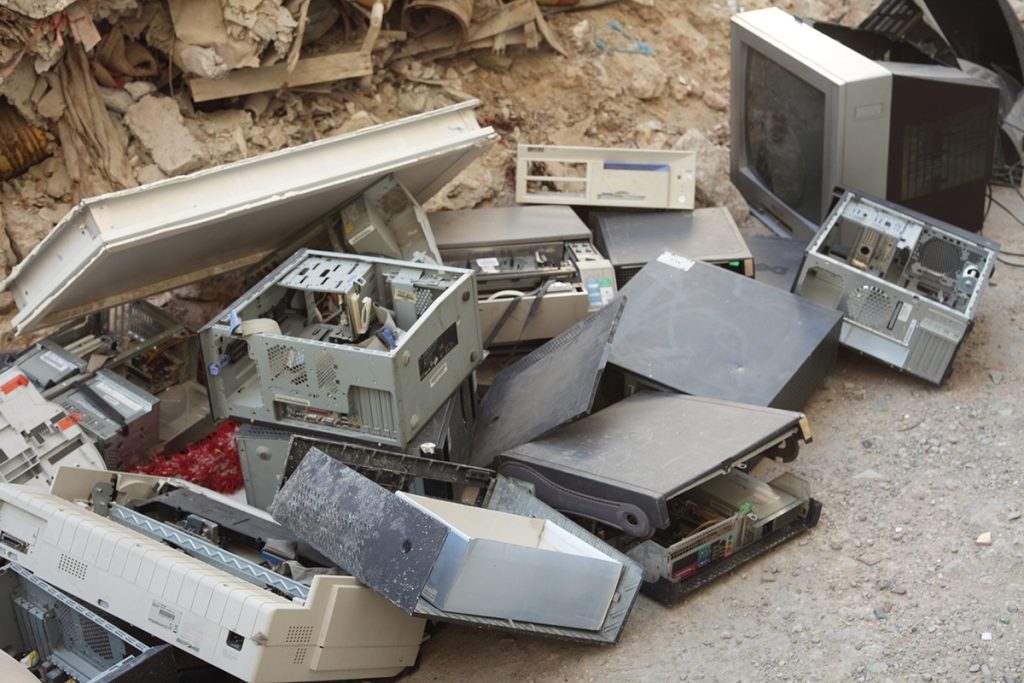
240 Million PCs at Risk: Microsoft Ends Windows 10 Support
As the clock ticks toward October 14, 2025, a storm is brewing for millions of Windows 10 users worldwide. Microsoft has officially announced that support for Windows 10 will cease on this date, a decision impacting an estimated 240 million devices. In an unprecedented move, users with PCs unable to upgrade to Windows 11 are being advised to recycle their systems, raising concerns about sustainability and accessibility in an increasingly technology-driven world.
Why Windows 10 Support is Ending
Windows 10’s end-of-support date has been known since Microsoft launched Windows 11 in 2021. However, its full impact is now coming into focus. Millions of devices lack the necessary hardware to upgrade to Windows 11, leaving their owners with limited options. To run Windows 11, a PC must meet strict requirements like TPM 2.0 encryption and modern processors. Many older yet functional machines—some bought as recently as 2018, all short of these specifications.
Microsoft advises users of these devices to recycle them responsibly. The company stresses that Windows 11 offers enhanced security features and AI advancements like the Copilot assistant. Yet, for users on a budget, upgrading hardware may seem unnecessary or unaffordable. This recommendation has drawn criticism, with many viewing it as part of a system that promotes planned obsolescence.
The Environmental Fallout
These obsolete devices could result in an environmental crisis. Experts estimate that 240 million PCs heading to recycling bins, or worse, landfills, could generate over 1 billion pounds of e-waste. For perspective, that weight equals roughly 320,000 cars. While Microsoft promotes responsible recycling, critics argue that the tech giant should take greater responsibility for managing the waste generated by its decisions.
The global e-waste problem is already significant, with around 50 million tons of electronics discarded annually. Without proper infrastructure to handle the influx of outdated PCs, much of this hardware will end up contributing to pollution. Advocates urge Microsoft and the industry at large to implement more sustainable practices to mitigate these effects.
Limited Options for Consumers
For individuals holding on to their Windows 10 devices, options are scarce. Microsoft offers a paid Extended Security Updates (ESU) program, allowing users to purchase an additional year of security updates for $30 per device. This temporary solution may appeal to some, but it adds financial strain without addressing the core issue of obsolescence.
Other users are turning to alternative solutions like installing Linux-based operating systems. Popular distributions such as Ubuntu and Zorin OS are known for their low hardware requirements and compatibility with older devices. These options allow users to extend the lifespan of their PCs at no additional cost, but transitioning to Linux may require a steep learning curve for non-technical users.
Impact on Charities and Secondary Markets
The end of Windows 10 support also affects charities and secondary markets. Nonprofits, schools, and low-income households rely on affordable, second-hand PCs to access technology. Many of these devices are now deemed unsuitable for resale because they cannot run a supported operating system. This shift could widen the digital divide and prevent underserved communities from accessing essential tools for education and work.
The economic impact extends further. Replacing 240 million PCs will create a surge in demand for new hardware, benefiting manufacturers but straining consumers’ wallets. Many users bought their machines within the last decade and expected them to last longer. Municipalities will also face higher e-waste disposal costs, adding to the financial burden of this transition.
Preparing for the Transition
Technology experts urge Windows 10 users to act now to avoid future disruptions. Microsoft’s PC Health Check tool can determine if a device meets Windows 11’s requirements. Users with incompatible devices should consider upgrading hardware or adopting alternative solutions, such as Linux or cloud-based services.
Critics argue that Microsoft could have handled this transition differently. Extending Windows 10 support further or modifying Windows 11’s hardware requirements could allow more devices to remain operational. While Microsoft has rolled out trade-in programs and recycling initiatives, these efforts fail to address broader concerns about affordability and sustainability.
A Turning Point for Technology
As the October 2025 deadline approaches, the end of Windows 10 support signals a pivotal moment for the tech industry. Balancing innovation with sustainability has never been more critical. The millions of users left behind by this transition highlight the challenges of keeping up with rapid technological advancement.
For now, users, organizations, and industry leaders must adapt to these changes. Whether through upgrading, repurposing, or recycling, the decisions made today will shape how the technology ecosystem evolves in the years to come.

